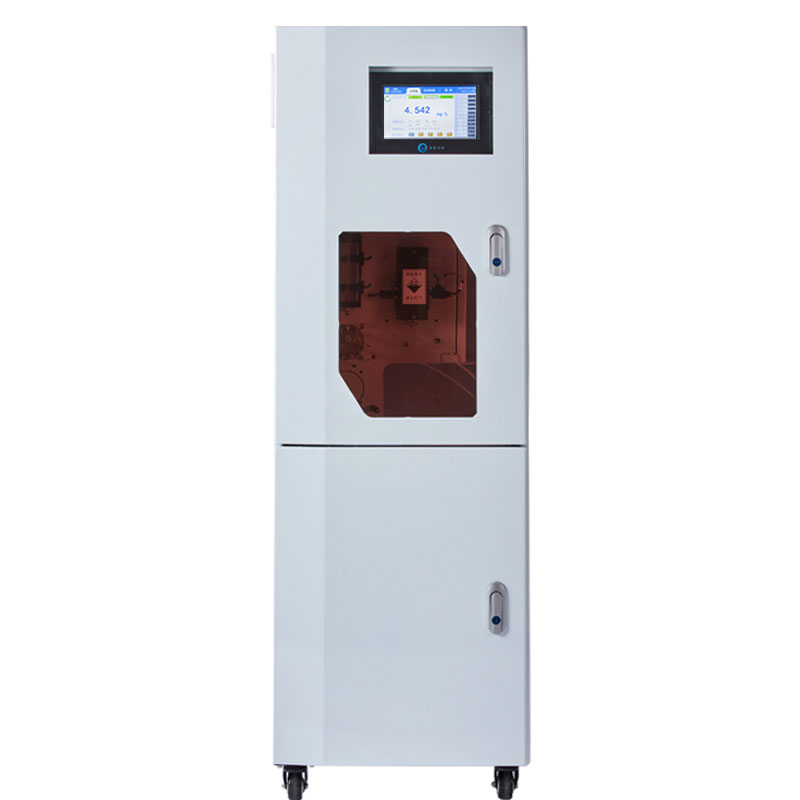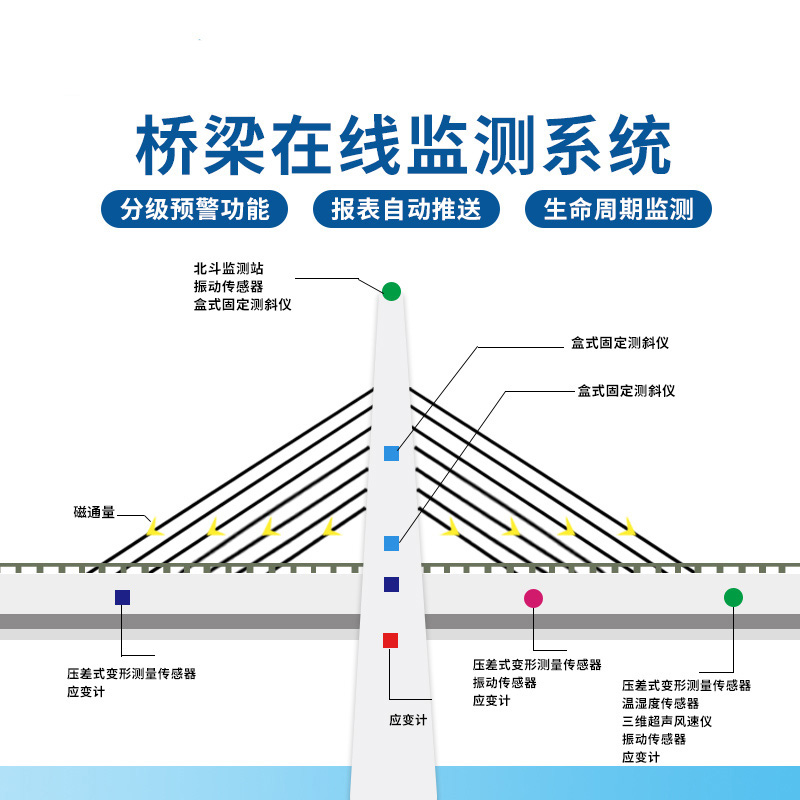"Water quantity" technology is a key water saving strategy in irrigated areas and has a significant impact on improving the efficiency of irrigation water use and the quality of irrigation. Measurement is not a direct water saving behaviour, but it is a key step in achieving planned water use and ensuring that water is accurately introduced, transferred and distributed. By implementing water quantity measures, a foundation can be laid for the rational allocation of agricultural water in irrigation districts, which in turn provides the necessary preconditions for the adoption of more efficient water saving techniques.
The flow monitoring system designed for water measurement in the irrigation area relies on 4G wireless communication technology, and is capable of receiving and processing data from all levels of channels in the irrigation area, including branch canals, bucket canals, agricultural canals, and monitoring points under agricultural canals. The system software integrates various functions such as data acquisition, visualisation, storage, retrieval and generation of graphical reports, and has the ability to interface with external systems according to user requirements.
The main features of the system include:
Data Collection: Receive real-time flow data from monitoring points.
Data visualisation: Collected data is displayed visually in the form of a graphical interface.
Data Storage: Securely saves historical flow data for long-term analysis and backtracking.
Data Retrieval: Allows users to quickly find the data they need based on specific conditions.
Report Generation: Automatically generates graphs and reports of traffic data for trend analysis and decision support.
External interface access: the system is designed to be flexible and can be integrated with third-party systems or services according to user requirements.
The irrigation flow monitoring system is part of the water resource management for high-standard farmland irrigation and is designed to address the challenges encountered in large-scale farmland irrigation such as the dispersion of multiple monitoring points, long distances and lack of power supply. The system is capable of real-time monitoring of water levels and flows at diversion, transmission, distribution, as well as at diversion and demarcation points, providing the necessary data support for centralised scheduling and sub-centres in irrigation districts, and helping to achieve efficient use and rational allocation of water resources.

This paper addresses:https://fengtusz.com/industry/264.html









